
EU small and medium-sized enterprises: an overview - Products Eurostat News - Eurostat
Small and medium-sized enterprises (SMEs) — in other words, enterprises with fewer than 250 persons employed — are often referred to as the backbone of the European economy, providing jobs and growth opportunities. On the occasion of Micro-, Small and Medium-sized Enterprises Day, Eurostat is highlighting data on such enterprises. In 2019, the overwhelming majority (98.9%) of EU businesses forming part of the non-financial business economy were micro or small enterprises employing fewer than 50 persons. Their economic weight was lower in terms of their contribution to employment or value added: micro and small enterprises employed just under half (48.4%) of the EU’s non-financial business economy workforce, while they contributed just over one third (35.3%) of the value added. Source dataset: sbs_sc_sca_r2 Meanwhile, only 0.9% of EU businesses were medium-sized enterprises with more than 50 but fewer than 250 employees. Medium-sized enterprises employed just over a sixth (16.0%) of the EU’s non-financial business economy workforce, while they contributed around the same share (17.1%) of the value added. Source dataset: sbs_sc_sca_r2 Among the EU Member States, micro and small enterprises contributed the highest shares of value added in the non-financial business economies of Malta (55.8% of total value added generated by micro and small enterprises), Cyprus (52.9%) and Estonia (52.6%). Meanwhile, medium-sized enterprises contributed the highest shares of value added in Estonia (26.0% of total value added generated by medium enterprises), Latvia and Lithuania (both 25.1%). Would you like to know more? You can find further information on SMEs and the business economy in Europe in Eurostat’s 2022 edition of Key Figures on European Business — Statistics Illustrated. The update will be released next week. Methodological notes: The European Commission defines SMEs as those enterprises employing fewer than 250 persons that have a turnover of less than 50 million euros and/or a balance sheet total of less than 43 million euros (see Commission Recommendation 2003/361/EC) Share of total value added for each enterprise size class: estimated. Cyprus: data on value added excludes mining and quarrying, electricity, gas, steam and air conditioning supply, real estate activities, and repair of computers and personal and household goods. Portugal: data on value added excludes real estate activities. Austria: 2016 data on value added. The data were extracted in May and June 2022. To contact us, please visit our User Support page. For press queries, please contact our Media Support.
Eurostat is the statistical office of the European Union. Its mission is to provide high quality statistics and data on Europe.
Small and medium-sized enterprises (SMEs) — in other words, enterprises with fewer than 250 persons employed — are often referred to as the backbone of the European economy, providing jobs and growth opportunities. On the occasion of Micro-, Small and Medium-sized Enterprises Day, Eurostat is highlighting data on such enterprises. In 2019, the overwhelming majority (98.9%) of EU businesses forming part of the non-financial business economy were micro or small enterprises employing fewer than 50 persons. Their economic weight was lower in terms of their contribution to employment or value added: micro and small enterprises employed just under half (48.4%) of the EU’s non-financial business economy workforce, while they contributed just over one third (35.3%) of the value added. Source dataset: sbs_sc_sca_r2 Meanwhile, only 0.9% of EU businesses were medium-sized enterprises with more than 50 but fewer than 250 employees. Medium-sized enterprises employed just over a sixth (16.0%) of the EU’s non-financial business economy workforce, while they contributed around the same share (17.1%) of the value added. Source dataset: sbs_sc_sca_r2 Among the EU Member States, micro and small enterprises contributed the highest shares of value added in the non-financial business economies of Malta (55.8% of total value added generated by micro and small enterprises), Cyprus (52.9%) and Estonia (52.6%). Meanwhile, medium-sized enterprises contributed the highest shares of value added in Estonia (26.0% of total value added generated by medium enterprises), Latvia and Lithuania (both 25.1%). Would you like to know more? You can find further information on SMEs and the business economy in Europe in Eurostat’s 2022 edition of Key Figures on European Business — Statistics Illustrated. The update will be released next week. Methodological notes: The European Commission defines SMEs as those enterprises employing fewer than 250 persons that have a turnover of less than 50 million euros and/or a balance sheet total of less than 43 million euros (see Commission Recommendation 2003/361/EC) Share of total value added for each enterprise size class: estimated. Cyprus: data on value added excludes mining and quarrying, electricity, gas, steam and air conditioning supply, real estate activities, and repair of computers and personal and household goods. Portugal: data on value added excludes real estate activities. Austria: 2016 data on value added. The data were extracted in May and June 2022. To contact us, please visit our User Support page. For press queries, please contact our Media Support.
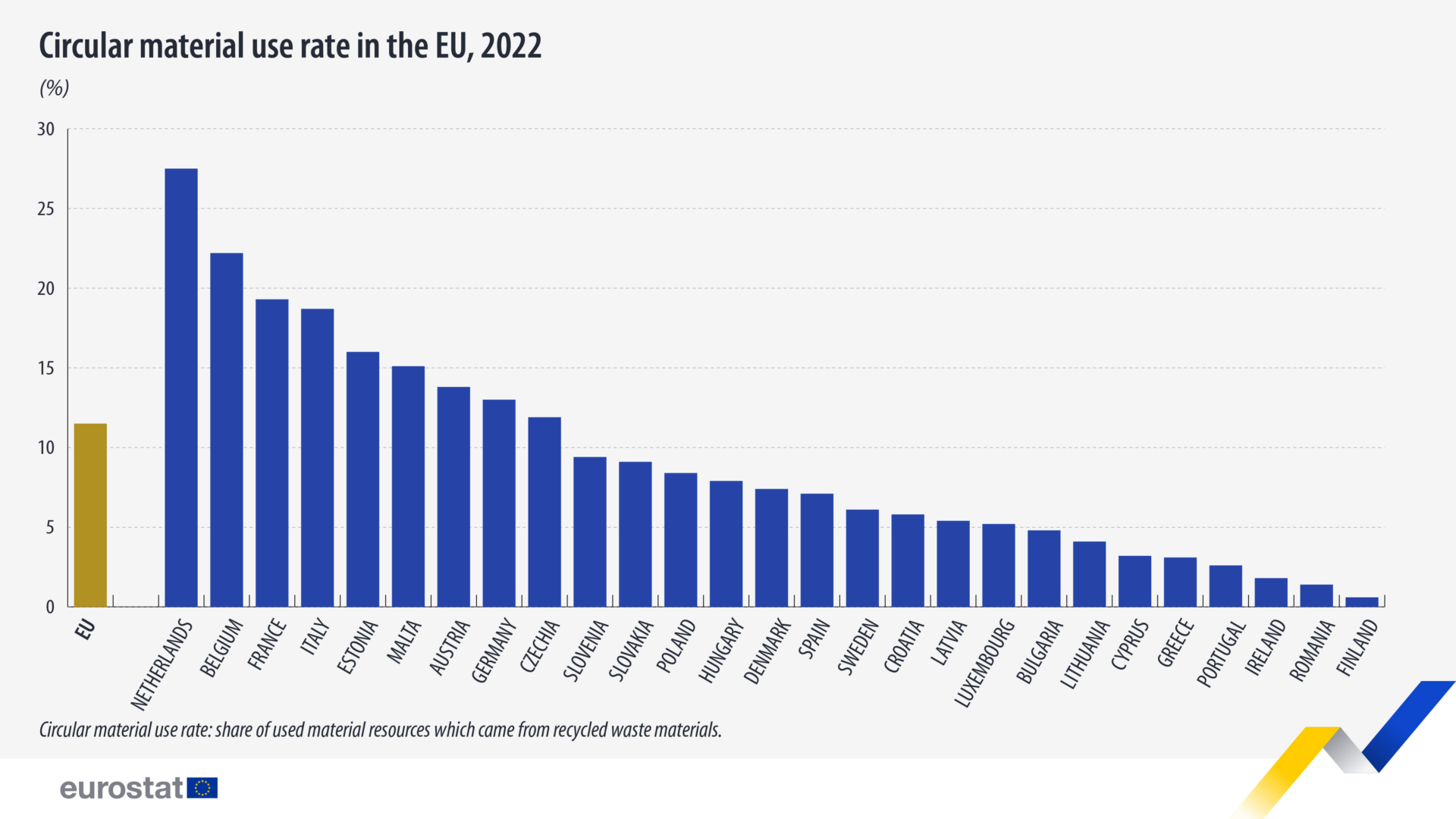
EU achieves milestone in sustainable resource management: Circular material use soars to 11.5% in 2022; Aluminium Extrusion, Profiles, Price, Scrap, Recycling, Section

eurostat – R Functions and Packages for Political Science Analysis
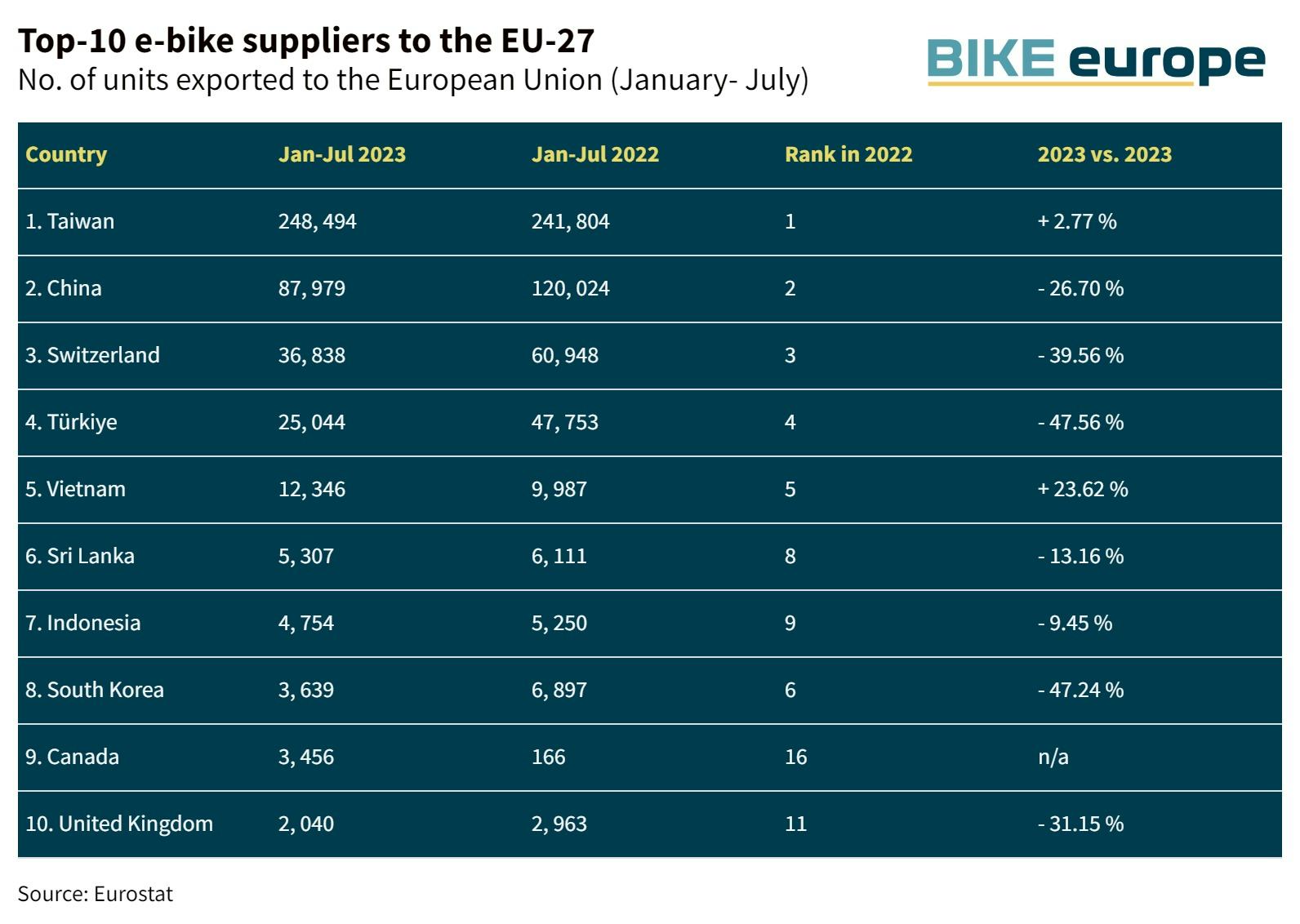
EU e-bike import volume declines as expected
GDP growth of EU27. Source: Eurostat [18].

Change in working-age population in selected EU countries, 2023-2050 ( Eurostat projections) : r/europe
5 crucial learnings from Eurostat e-commerce statistics - E-commerce Germany News

SMEs make up 99.5 percent of businesses in Luxembourg

The SMEs' cry for affordable assured services: the revolutionary approach of the 'Converged Access with ODA' Catalyst - FutureNet World
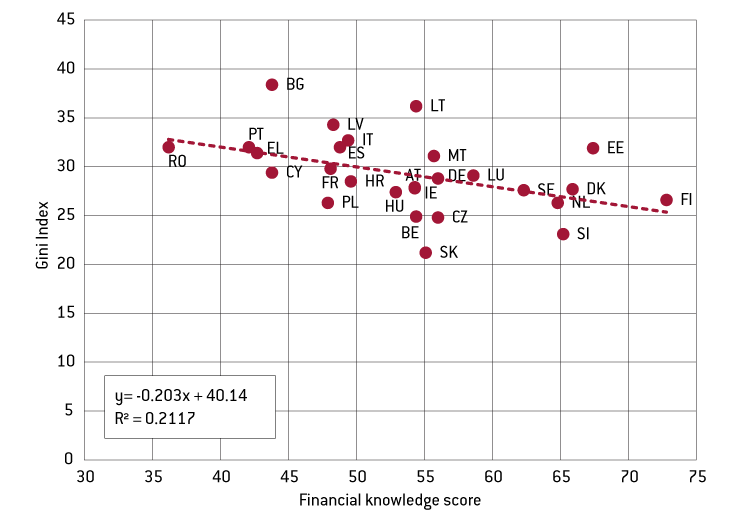
The state of financial knowledge in the European Union
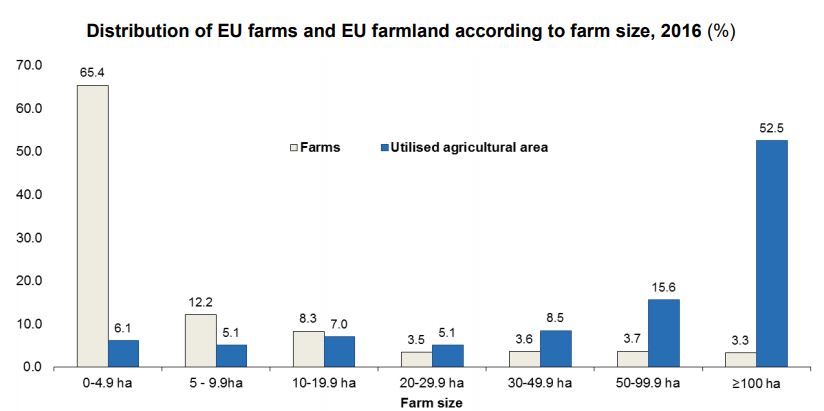
Distribution of EU farms and EU farmland according to farm size - Haptic
Small and medium-sized enterprises: an overview - Products Eurostat News - Eurostat

European Statistics
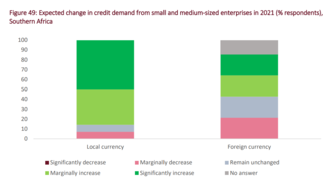
Small and medium-sized enterprises - Wikipedia
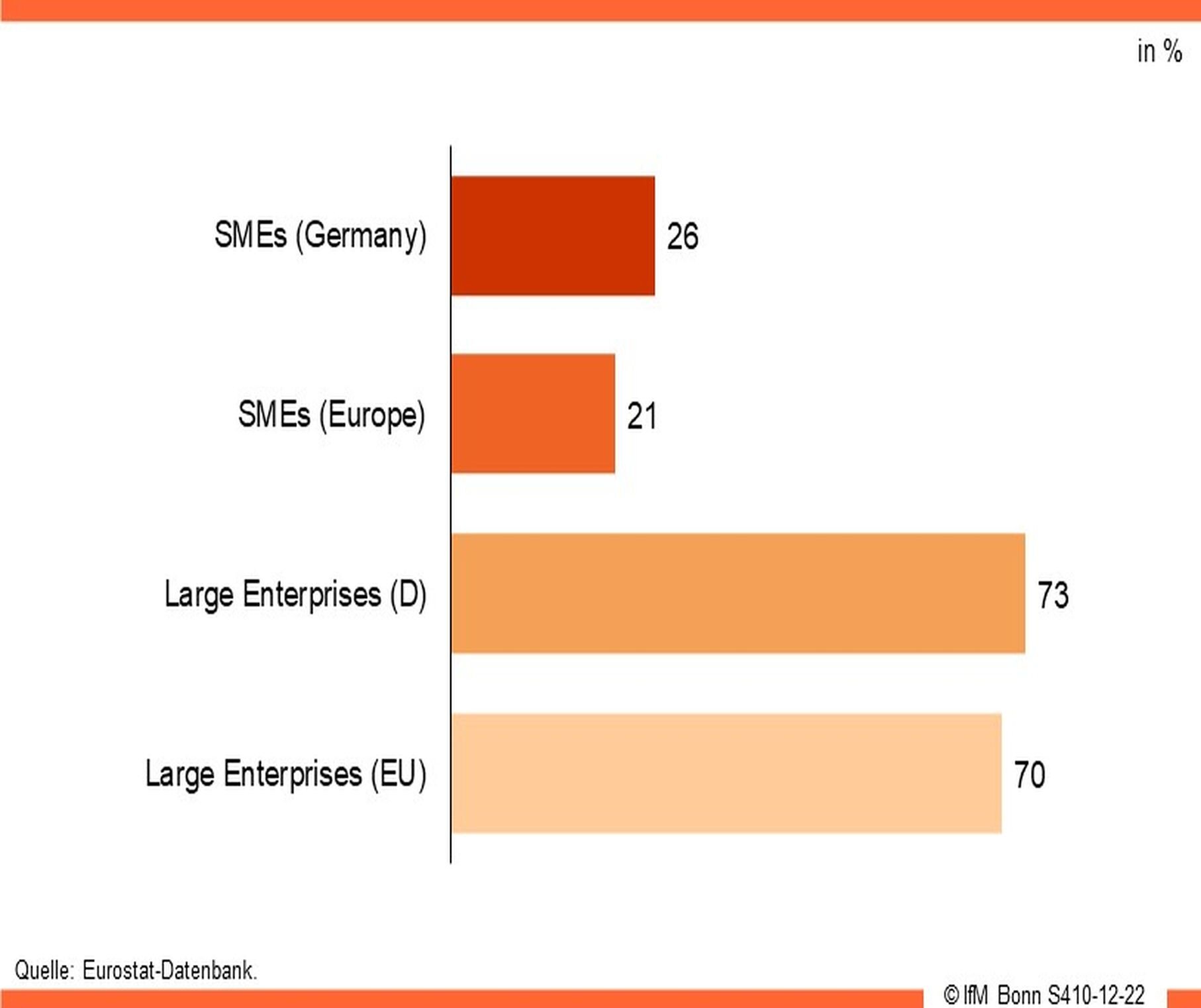
Digitalization momentum slows down post COVID









